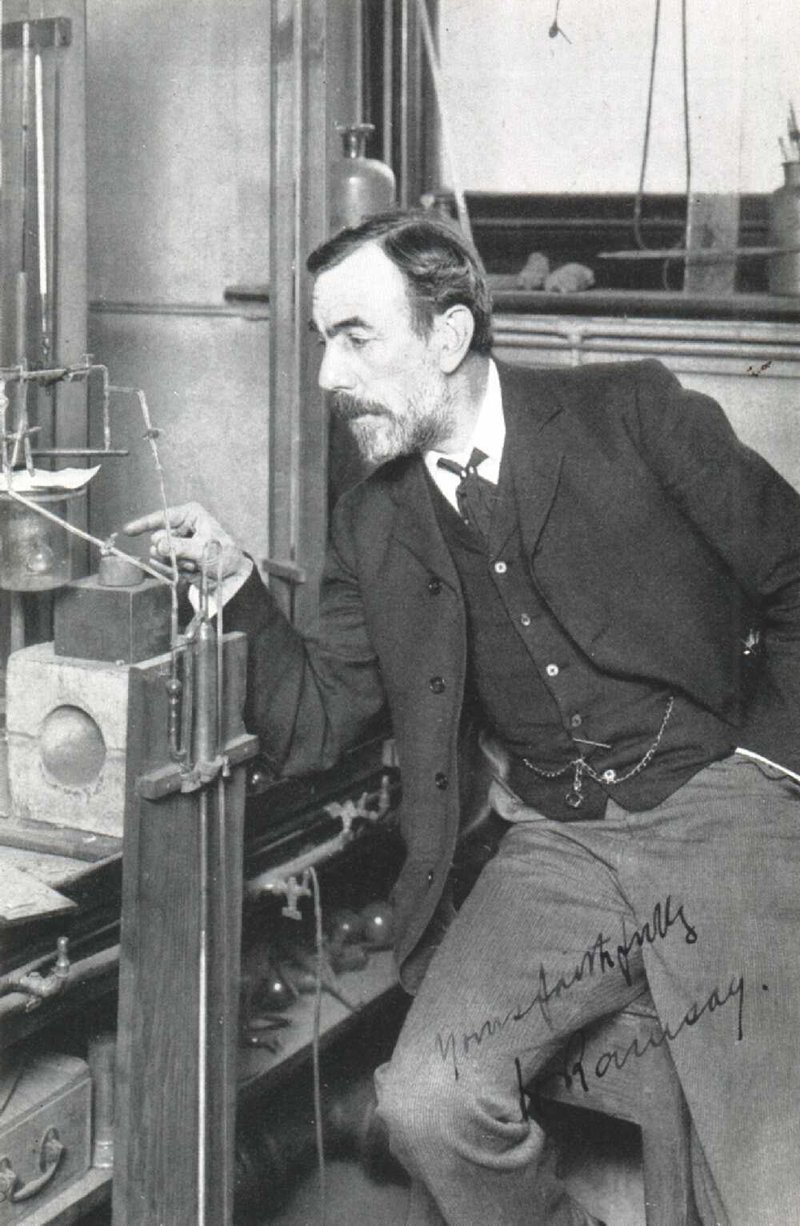
Congratulations to 2nd1of3 for the FTF!
Krypton (from Ancient Greek: kryptos 'the hidden one') is a chemical element with the symbol Kr and atomic number 36. It is a colorless, odorless, tasteless noble gas that occurs in trace amounts in the atmosphere and is often used with other rare gases in fluorescent lamps. With rare exceptions, krypton is chemically inert.
Krypton, like the other noble gases, is used in lighting and photography. Krypton light has many spectral lines, and krypton plasma is useful in bright, high-powered gas lasers (krypton ion and excimer lasers), each of which resonates and amplifies a single spectral line. Krypton fluoride also makes a useful laser medium. From 1960 to 1983, the official definition of meter was based on the wavelength of one spectral line of krypton-86, because of the high power and relative ease of operation of krypton discharge tubes.

A glowing ampule of krypton.
Krypton was discovered in Britain in 1898 by William Ramsay, a Scottish chemist, and Morris Travers, an English chemist, in residue left from evaporating nearly all components of liquid air. Neon was discovered by a similar procedure by the same workers just a few weeks later. William Ramsay was awarded the 1904 Nobel Prize in Chemistry for discovery of a series of noble gases, including krypton.

Sir William Ramsay
Earth has retained all of the noble gases that were present at its formation except helium. Krypton's concentration in the atmosphere is about 1 ppm. It can be extracted from liquid air by fractional distillation. The amount of krypton in space is uncertain, because measurement is derived from meteoric activity and solar winds. The first measurements suggest an abundance of krypton in space.
Krypton's multiple emission lines make ionized krypton gas discharges appear whitish, which in turn makes krypton-based bulbs useful in photography as a white light source. Krypton is used in some photographic flashes for high speed photography. Krypton gas is also combined with mercury to make luminous signs that glow with a bright greenish-blue light.
Krypton is mixed with argon in energy efficient fluorescent lamps, reducing the power consumption, but also reducing the light output and raising the cost. Krypton costs about 100 times as much as argon. Krypton (along with xenon) is also used to fill incandescent lamps to reduce filament evaporation and allow higher operating temperatures. A brighter light results with more blue color than conventional incandescent lamps.
Krypton-85 in the atmosphere has been used to detect clandestine nuclear fuel reprocessing facilities in North Korea and Pakistan. Those facilities were detected in the early 2000s and were believed to be producing weapons-grade plutonium. Krypton-85 is a medium lived fission product and thus escapes from spent fuel when the cladding is removed. This release is usually not dangerous as krypton is chemically inert and disperses widely in the atmosphere but it can be detected by sufficiently sensitive equipment.
Krypton is used occasionally as an insulating gas between window panes.
SpaceX Starlink use krypton as propellant for their electric propulsion system.
Now for the cache! Look for a 35 mm film case.